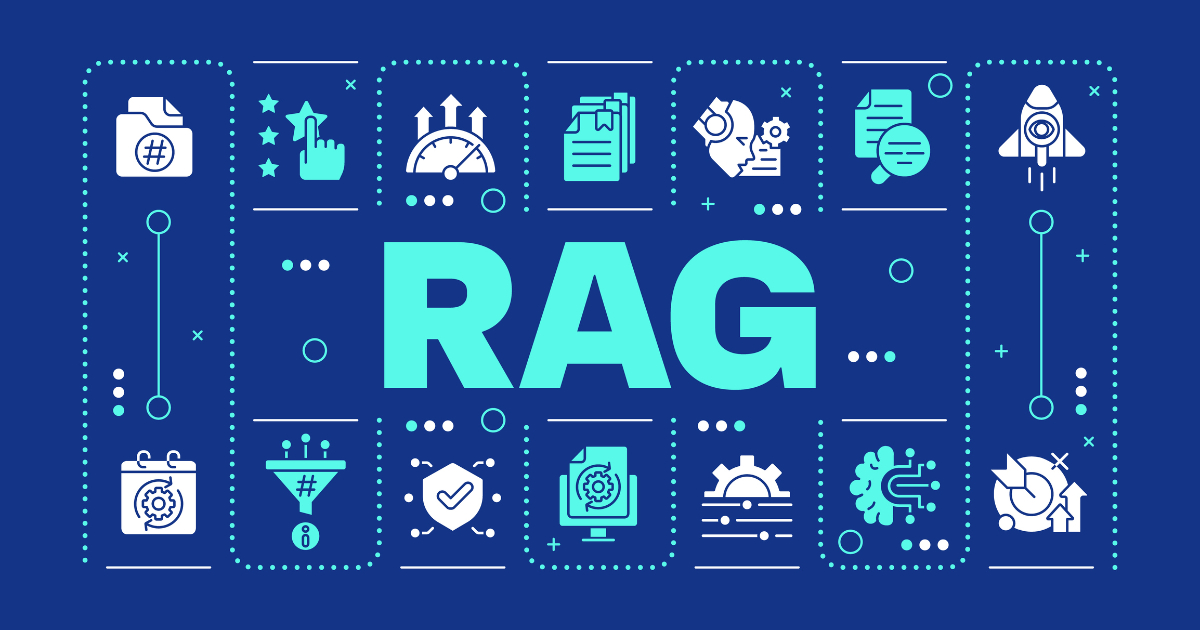
"Retrieval-augmented generation (RAG) is one of the most interesting architectural patterns in modern AI applications. It is not just a technological evolution and trend, but a paradigm that allows us to overcome some of the main limitations of generative large language models (LLMs) and effectively integrate them into existing business systems. LLMs, such as those provided by OpenAI, have proven to be powerful in generating coherent, creative, and seemingly "intelligent" text."
"The retrieval-augmented generation (RAG) paradigm allows you to overcome the limitations of static language models by combining generation with the retrieval of information from corporate databases, ensuring accurate and transparent responses. Spring Boot and Spring AI help integrate artificial intelligence models into enterprise contexts, using established patterns and ensuring the management of multiple providers without invasive changes to the code or technology stack. MongoDB Atlas natively supports vector search, eliminating the need for specialized databases and enabling semantic searches directly within an already established infrastructure."
RAG augments generative models by retrieving relevant corporate data to mitigate static knowledge limits and improve accuracy and transparency. Embeddings transform textual content into vectors to enable semantic matching and search within existing databases. MongoDB Atlas supports native vector search, removing the need for separate specialized stores. Spring Boot and Spring AI provide integration patterns and multi-provider management that minimize invasive changes to enterprise stacks. OpenAI models supply embedding and generation options to balance cost, speed, and accuracy. An implemented pipeline demonstrates ingestion, embedding, semantic search, reranking, and sentiment-based recommendations applicable across industries.
Read at InfoQ
Unable to calculate read time
Collection
[
|
...
]